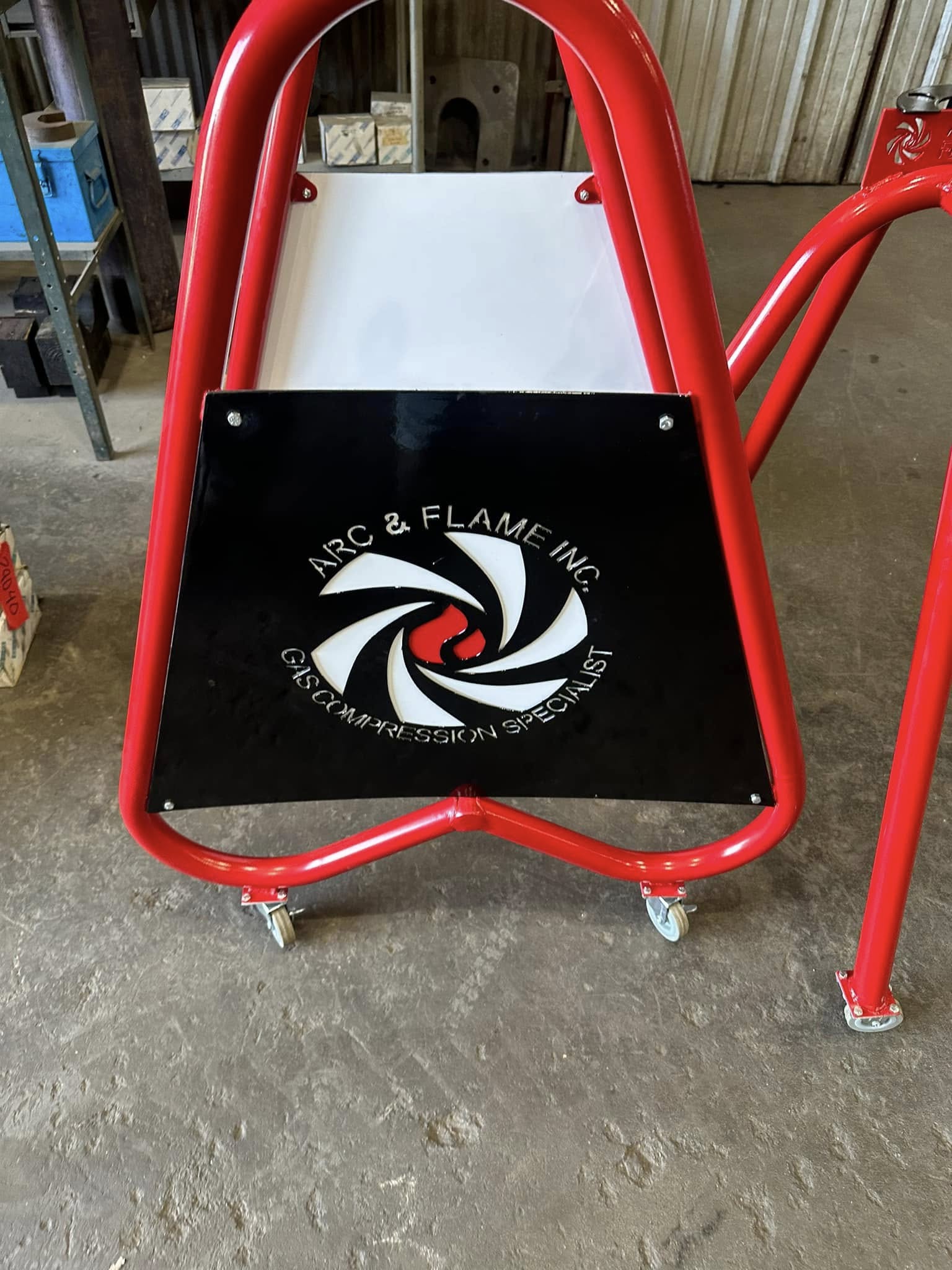
Choosing the Right Welding Technique for Your Project Nov 13, 2025
Welding is a complex process with various methods, each suited to different tasks and materials. Let's delve into some of the most common welding techniques used in today’s industry.
The first method worth considering is Shielded Metal Arc Welding (SMAW), also known as stick welding. This versatile technique is ideal for many applications, particularly on construction sites where equipment portability is essential. SMAW is well-suited for heavy metals and thicker sections. Its simplicity and cost-effectiveness make it a favorite, but it does require skilled operators to achieve high-quality results.
For projects demanding precision and aesthetic appeal, Gas Tungsten Arc Welding (GTAW), commonly referred to as TIG welding, might be the best option. TIG welding is known for producing high-quality welds with excellent finish, making it ideal for projects involving stainless steel or thin metals. This technique provides the welder with excellent control over the weld, although it is one of the more challenging methods to master.
Gas Metal Arc Welding (GMAW), or MIG welding, is another popular method largely due to its ease of use and speed. It's a good fit for beginners and those working with aluminum and non-ferrous materials. MIG welding is less sensitive to corrosion and can be quickly performed, even by relatively inexperienced operators. This technique is often employed in automotive repairs and general metal fabrication.
Each welding project at Contender Solutions is unique, putting emphasis on selecting the right technique for the materials and conditions. For those working with large structures or heavy equipment, Flux-Cored Arc Welding (FCAW) could be a more appropriate choice. This method is an offshoot of MIG welding and is particularly effective in outdoor conditions where wind might affect conventional shielding gases. FCAW is known for its speed, making it an attractive option for thick sections and all-position welding.
While these techniques are among the most popular, ultimately, the decision hinges on factors such as material type, thickness, and positioning. Additionally, the environment in which welding takes place can influence the selection. For instance, projects conducted outside might face weather considerations that affect technique choice.
Before settling on a specific welding method, consider enlisting the expertise of a professional welding service like Contender Solutions. Professionals can assess your project’s specific requirements and recommend the most suitable techniques to ensure high-quality, safe, and efficient results.
In conclusion, understanding the differences between welding techniques is essential for ensuring project success. Whether you select SMAW for its versatility, TIG for its precision, MIG for its speed, or FCAW for its performance, the right choice will depend on your project’s specifications and goals. At Contender Solutions, our skilled team is ready to assist with your welding needs, ensuring your projects are executed with precision and expertise.
/filters:no_upscale()/media/f2bedb9d-e609-444d-b8d0-09b9a9d2d3fa.jpg)